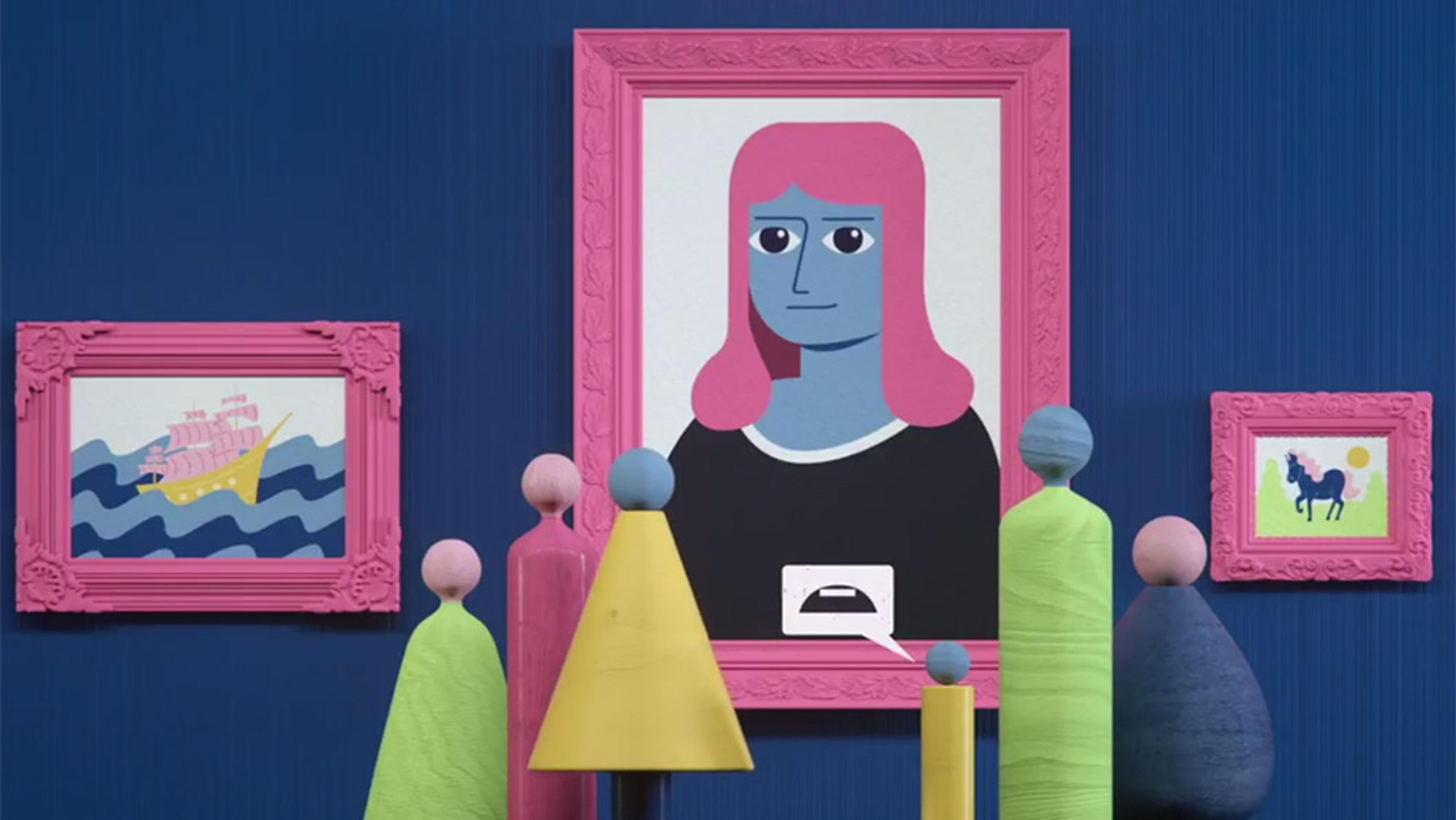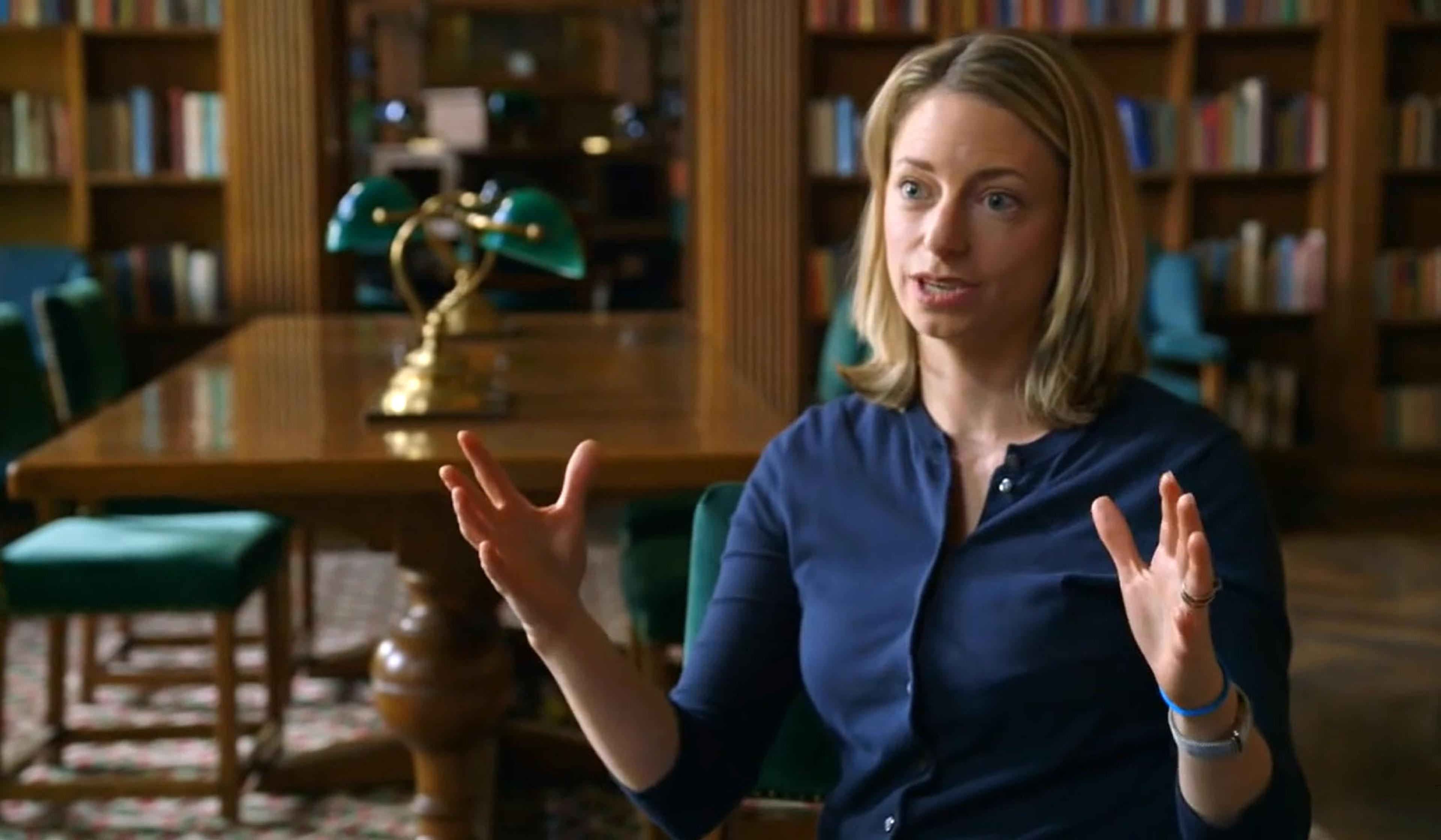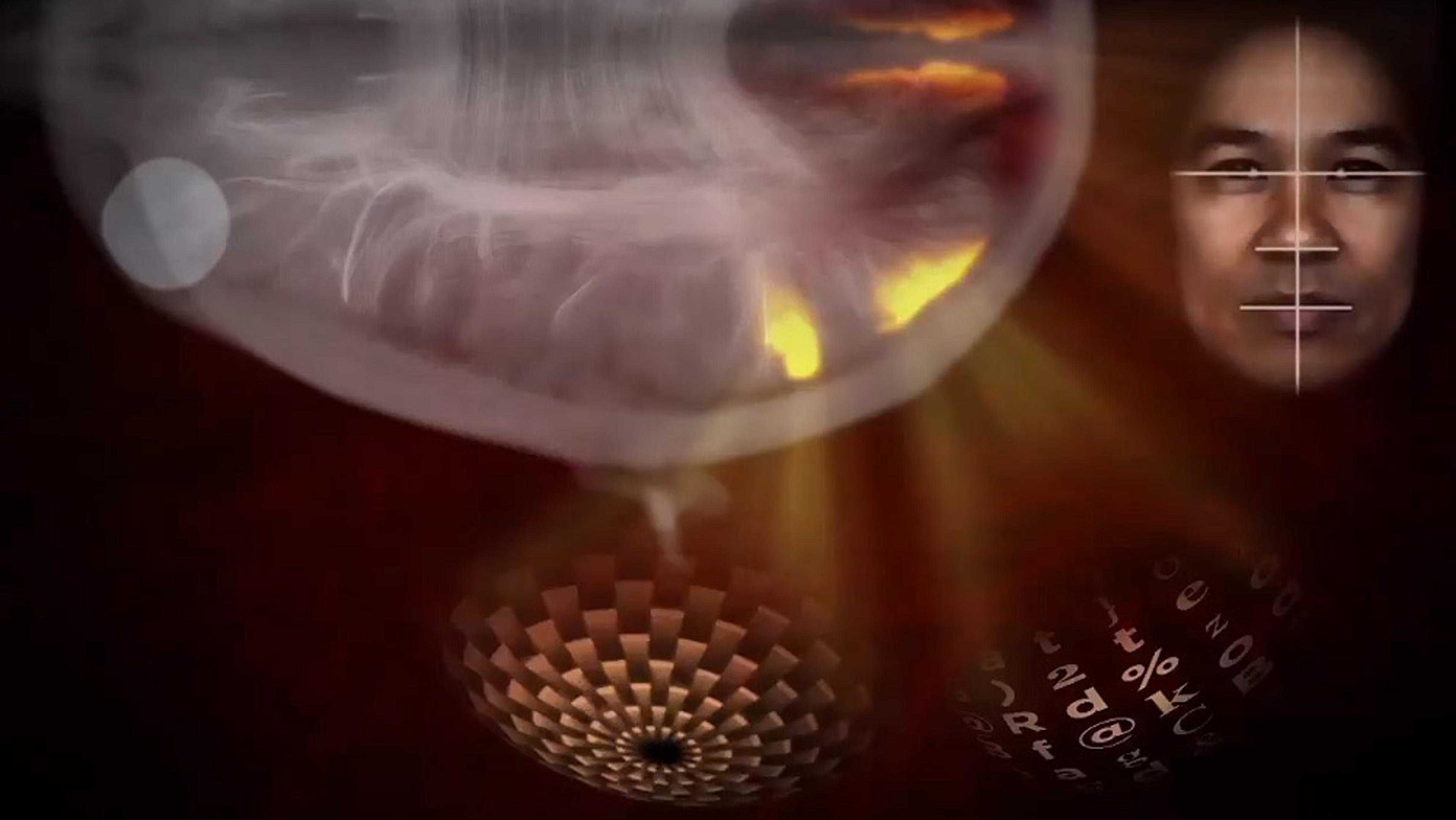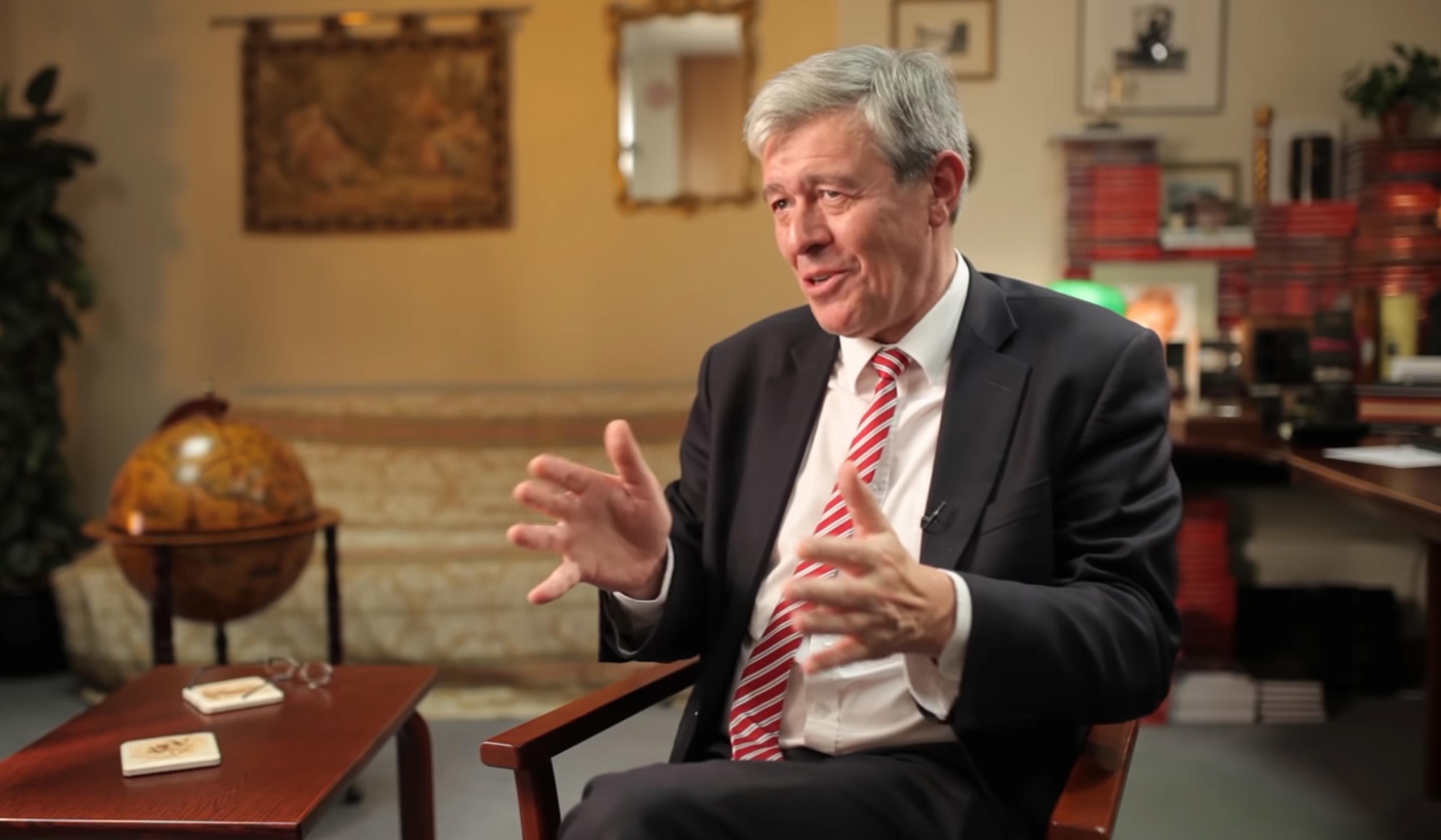You wouldn’t expect a scientist, teacher or business leader’s work to improve following a traumatic brain injury or the onset of a neurological disorder, but, oddly, that does sometimes seem to be the case for artists – at least if you’re willing to accept expert opinions on art. In this interview with Robert Lawrence Kuhn for the PBS series Closer to Truth, Anjan Chatterjee, professor of neurology at the University of Pennsylvania, explains how artistic proclivities and production can change and even improve with neurological disorder. Because of the brain’s complexity, there are myriad ways in which this phenomenon can potentially be made manifest, but, as Chatterjee elucidates, the answer lies in different constellations of brain systems becoming more prominent as others become subdued. And, as Kuhn and Chatterjee discuss, these experiences in both artists and observers raise intriguing questions at the frontiers of neurology and aesthetics.
Artists can flourish after brain damage. What does this say about neurology and aesthetics?
Video by Closer to Truth

videoNeuroscience
On the ‘beholder’s share’ – how past experience influences our perception of art
5 minutes

videoCognition and intelligence
Leaping from firing neurons to human behaviour is tempting, but it’s a perilous gap
3 minutes

videoBiology
See and hear the human brain as you’ve never experienced it before
2 minutes

videoNeuroscience
What will we do when neuroimaging allows us to reconstruct dreams and memories?
4 minutes

videoConsciousness and altered states
Why don’t we feel pain in dreams? The answer might lie in a new frontier of neuroscience
9 minutes

videoNeuroscience
The brain repurposed our sense of physical distance to understand social closeness
5 minutes

videoNeuroscience
After losing her vision, a woman’s sense of sight returns in a strange new way
4 minutes

videoPhilosophy of mind
Embodied cognition seems intuitive, but philosophy can push it to some strange places
14 minutes

videoCognition and intelligence
No, Mozart isn’t a brain hack for babies – here’s how music really affects intelligence
5 minutes